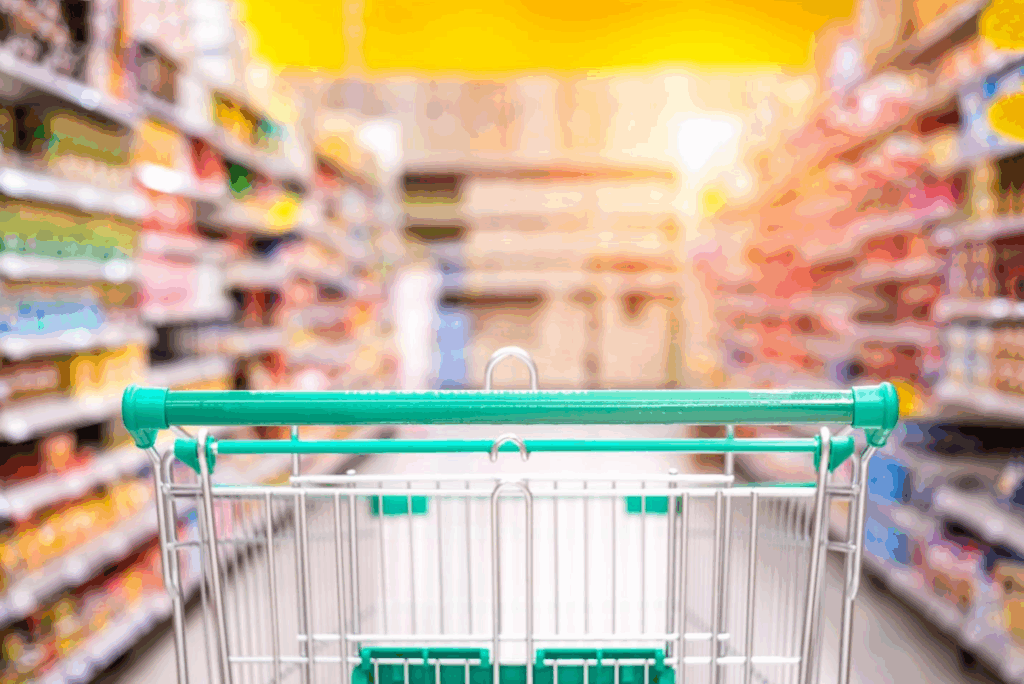
(photo credit: Microsoft Stock Images)
Product recalls are an integral part of consumer safety and business accountability. They happen when a product poses a threat to consumers by reason of defect, contamination, or noncompliance with regulation. Knowing how recalls are done enables business firms to anticipate potential disruption as well as sustain confidence among customers.
Causes of Product Recalls
Recalls can come from anywhere. A common trigger for recalls can be manufacturing defects, such as faulty components or faulty assembly methods. Another leading cause can be contamination, particularly in the food and drug industry, where traces of bacteria or chemical residues could pose significant health risks. Also, leading can be mistakes in labeling and non-compliance with safety standards that can cause recalls. Just a single oversight in quality control can grow into a mass recall if the product finds its way onto the market.
Identification and Recordkeeping
Early risk detection is vital. Many organizations rely on internal quality audits, consumer feedback, and inspection by regulatory bodies as a means of finding potential threats. Once a risk has been identified, alerting the correct authorities ensures transparency and enables cooperative action. Regulating bodies such as the Consumer Product Safety Commission and the Food and Drug Administration offer corporations advice on recall procedures and requirements for mandatory public communication.
Recall Planning and Implementation
A successful product recall requires an integral approach. Organizations need to rapidly remove the affected items from the supply system with effective communication with distributors, retailers, and customers. Effective communication involves several media, including email alerts, press releases, and communication through social media. Logistics play a crucial role in the swift recovery of products, especially where they are widely distributed or form complex supply chains. For instance, equipment like an industrial vacuum tumbler used in food processing needs close inspection to ensure that recalled items are efficiently identified and removed.
Consumer Safety and Brand Image
Recalls prioritize safety first and foremost, not a product’s brand image. However, quick action and open communication can help prevent long-term negative effects. Responsible management of recalls can maintain a consumer’s trust in the business. It shows a company’s commitment to quality and safety. Providing guidance on returns, replacements, or refunds further protects that relationship, but ensures compliance with legal obligations.
Post-Recall Analysis
At the end of the recall process, companies initiate a thorough assessment to determine root causes and prevent future complications. Knowledge obtained by each recall helps improve design, manufacturing, quality assurance, and supply chain administration. These continuous improvements reduce the chances of repeated occurrences and strengthen overall operating strength for the company.
Recalls will inevitably occur in certain industries; nonetheless, adequate planning forestalls issues and facilitates quick responses. Organizations that systemically prepare, keep an eye on product performance, and inform staff on crisis scenarios do better in protecting consumers and their reputation. A disruptive incident can be rendered a manageable process by anticipating likely issues in advance and developing a logical, structured framework. To learn more about product recalls, feel free to look over the accompanying resource below.
